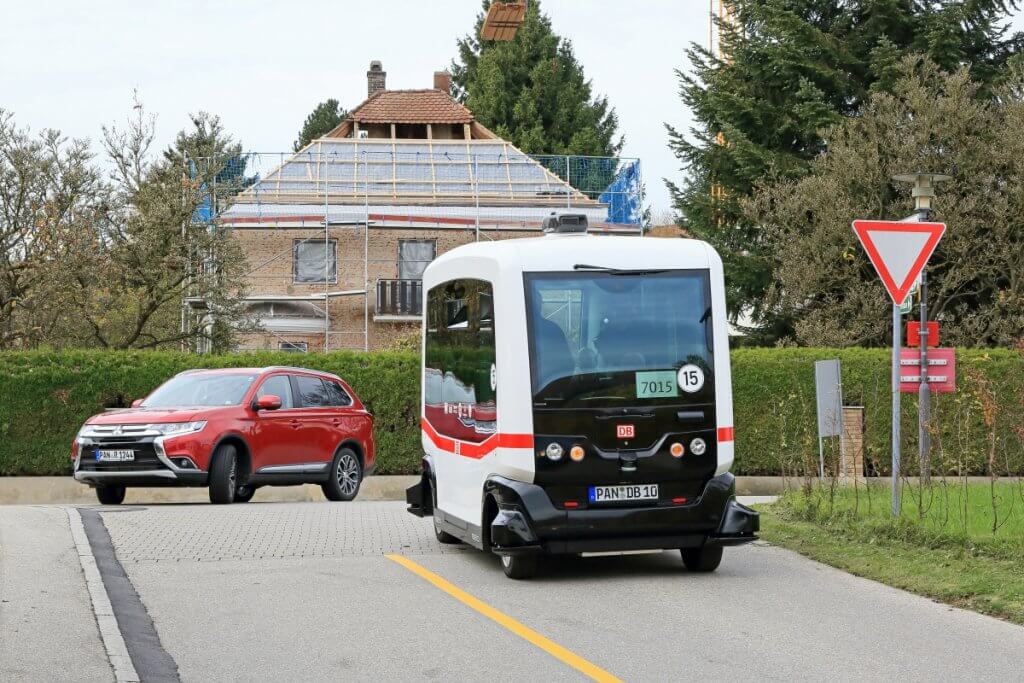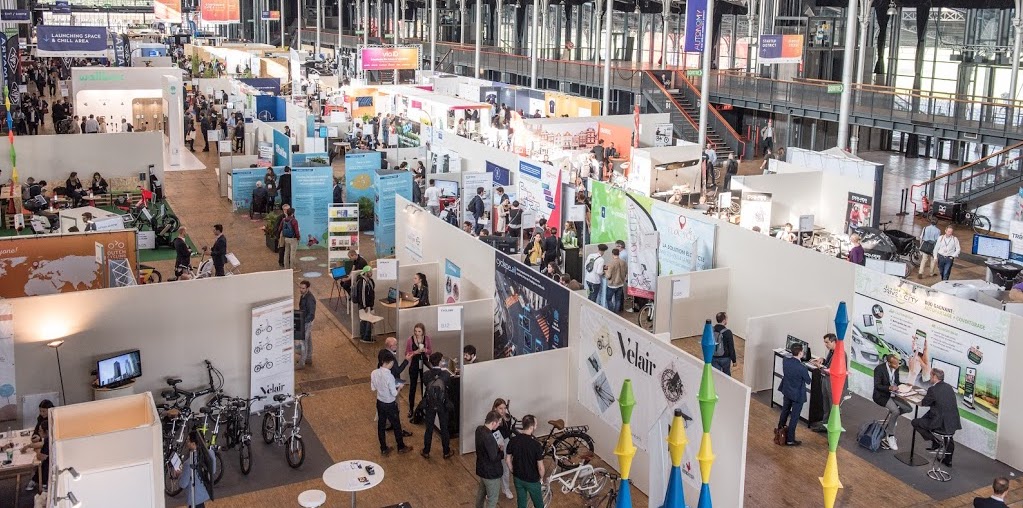On 18-20 October 2018, the third edition of Autonomy & Urban Mobility Summit took place in Paris, France. The summit brought together practitioners and experts from cities, organizations and private sectors to discuss the future of urban mobility. Autonomous vehicles, electric and shared mobility are hotly debated during the summit.
Much has been said about the changes coming to the transportation sector with the imminent arrival of the new mobility services, partnerships and opportunities. The ability of regulators to plan and shape a rapidly changing mobility ecosystem will largely determine the environmental and societal outcomes of these services. This blog summarizes the key learnings from the various sessions at Autonomy.
What are the potential impacts of new mobility services for cities and regions?
The transition towards a new mobility ecosystem could have wide-reaching impacts that span a host of industries and players, including but not limited to:
An innovation catalyst for the transportation sector
New mobility services present an opportunity for cities to bring innovation to existing transportation system. ACES (Autonomous, Connected, Electric and Shared) mobility opens up opportunities for more convenient, efficient and integrated modes of transport. On the autonomous vehicles (AVs) front, a number of global cities are cooperating with private sectors for trials. For example, Oslo piloted food delivery service with driverless buses in its suburb, while Shanghai is testing more than two dozen AVs on a government-backed closed course. In Bad Birnbach, Germany, pilot autonomous shuttle buses drive between public transport nodes and homes to close the first-and-last-mile gap. If AVs are mandated to only be shared, they allow for de-privatizing vehicles in cities and offer door-to-door public transport services. However, if the traditional vehicle ownership model maintains, car ownership may increase, leading to the substantial increases in the number of trips and parking time, while decreasing public transport ridership. In order to best implement autonomous mobility solutions, cities need to incorporate AVs into the existing public transport system and build an AV-public transport ecosystem, addressed in the session “AVs to the Rescue”.
New markets and opportunities
Technological advances and new business models unlocked a trillion dollar market. The ride-hailing giant, Uber, announced the Paris 2019 launch of its shared e-bike company JUMP at the Summit. Upon announcement, Uber’s estimated value is up to $120 billion, higher than the valuations of Ford, General Motors and Fiat Chrysler Combined. Another large player, Lyft, acquired Motivate, the biggest bike share company in the U.S.. Even scooter share company, Bird, managed to raise a total of $300 million. By the end of 2017, there were over 20 million dockless bikes in the Chinese cities, generating more than $3 billion in investment. Recent study found that revenues generated by MaaS platforms could exceed US$11 billion by 2023, a tenfold increase from the current estimated $100million in 2018. For the automobile manufacturers, the expansion of new mobility services is prompting them to rethink their existing business models and explore new ones: Ford plans to deliver high-volume autonomous vehicles for ride hailing services by 2021.
Data ownership and safety
Having access to big data collected from automated and connected vehicle operators and digital platforms could allow cities to monitor things like traffic flows, noise pollutions or air quality. This will help them to better enforce traffic rules, design streets and enhance transport services. However, concerns over privacy, data ownership and safety were the issues echoed throughout the sessions. The European Union is one of the first to legislate data protection regulations with the recently approved General Data Protection Regulation (GDPR). It immediately mandated companies to maintain better and more secure data management process as well as finding creative ways to work with the city. This is why cities such as Barcelona have sought to define a common position on the role of cities in using and managing data responsibly.
Environmental impacts
Research suggests that a multimodal transportation system can reduce emissions. Currently, there are 3 million Electric Vehicles (EVs) in the world. In Shenzhen, more than 120,000 new energy vehicles were introduced in 2017 to achieve pure electrification of its bus fleet. Los Angeles, London and Bangalore have also committed to providing all-electric public bus fleet. Forward-looking policy, strong visions as well as industrial incentives provided an enabling environment for companies to push for EVs innovations. However, some of the greatest challenges for consumers to accept EVs are the charging requirements and price. While there are new business models and technology to address these issues, they are limited to personal e-vehicles and “richer” cities. Representatives from the public and private sectors highlighted the importance of collaboration to encourage uptake of EVs in urban areas at the session “E-mobility Roll-out in Cities”.
Similarly, ride-hailing services have the potential to reduce energy use and GHG emissions by filling otherwise empty seats in a vehicle. However, cities should not rely on shared mobility which is typically operated by companies and neglect public transport. For example, ride-hailing services in New York has actually worsened traffic congestion, cannibalized public transport and increased vehicle emissions.
What should local governments be working on?
Given this exciting revolution in the mobility sector, local governments are offered an opportunity to reflect on how they would like to use the technologies to achieve broader sustainable mobility goals and to think about which policies and measures they can adapt to avert the negative outcomes.
Even as the private sector is actively developing smart mobility solutions to fulfil the market demand, the public sector should consider taking a more proactive role to regulate and use these solutions to achieve the city’s goals.
This means the following:
- Be clear with the city’s vision and goals on transport, as well as the mobility hierarchy that prioritizes on moving people and not cars so that new mobility developments can support cities in meeting this vision;
- Engage service providers and consumers in all stages of planning and implementation of the new mobility system;
- Work with the energy sector to enable an energy transition towards renewable energy.
For a smooth transition, local governments must take the driving seat to nurture good conditions for new mobility services to thrive in the best way.
References:
- More information at https://ioki.com/en/autonomous/
- Ronald T. Milam and William (Billy) Riggs, How Autonomous Vehicles Will Influence the Future of Travel, retrieved from Meeting of the Minds: https://meetingoftheminds.org/how-autonomous-vehicles-will-influence-the-future-of-travel-28091
- For instance, Under the Shared Personalised Automated Connected Vehicles (SPACE) project initiated by International Association of Public Transport (UITP), project cities aim to place public transport at the centre of the automated vehicles (AVs) revolution.
- International Council on Clean Transportation (2017), New Mobility: Today’s Technology And Policy Landscape, retrieved from https://www.theicct.org/sites/default/files/publications/New-mobility-landscape_ICCT-white-paper_27072017_vF.pdf
—————–
Author: Yiqian Zhang; Editor: Beatrice Ch’ng





